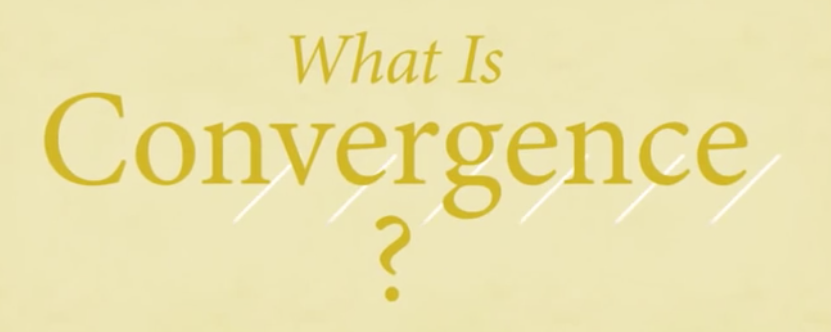Did you participate in the Great ShakeOut earthquake drill today? It is imperative that communities and the nation consider the difficult fiscal, social, cultural, and environmental choices about the best ways to ensure basic security and quality of life against earthquakes. These books present a roadmap for increasing our national resilience to earthquakes and outline additional information, data, gaps, and obstacles that need to be addressed in order to do so.
The Cascadia Megaquake webinar series focused on the science and engineering associated with the earthquake source, the hazards, current strategies to mitigate loss of life, and emerging opportunities in early warning and reducing uncertainty.
National Earthquake Resilience: Research, Implementation, and Outreach
The United States will certainly be subject to damaging earthquakes in the future. Some of these earthquakes will occur in highly populated and vulnerable areas. Coping with moderate earthquakes is not a reliable indicator of preparedness for a major earthquake in a populated area. The recent, …
Disaster Resilience: A National Imperative
No person or place is immune from disasters or disaster-related losses. Infectious disease outbreaks, acts of terrorism, social unrest, or financial disasters in addition to natural hazards can all lead to large-scale consequences for the nation and its communities. Communities and the nation …
Many coastal areas of the United States are at risk for tsunamis. After the catastrophic 2004 tsunami in the Indian Ocean, legislation was passed to expand U.S. tsunami warning capabilities. Since then, the nation has made progress in several related areas on both the federal and state levels. …















































